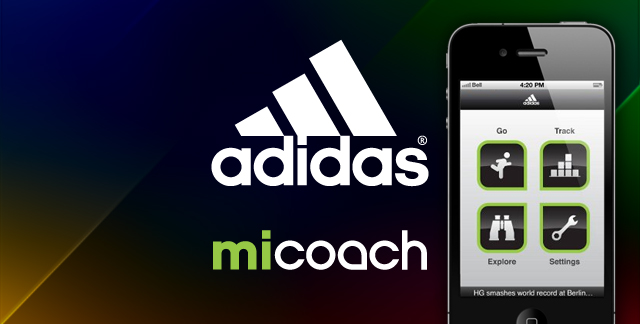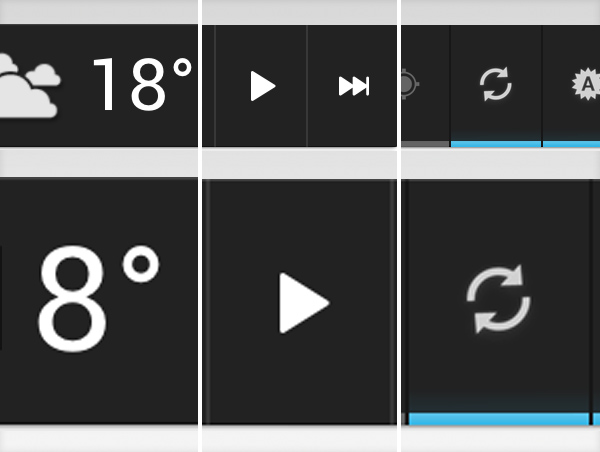Being vegetarian is awesome. Living with a smaller footprint and in harmony with the environment, contributing to a more sustainable life while taking good care of your health. Who doesn’t want this? This last New Years Eve I tried to remove meat from my diet altogether – just to find myself in misery a few months after.
Starting the smart way
Jumping into such a huge change is never an easy move though, and I wanted to do the right way. First, I moved away from meat step by step (here is a blog post on how I started out about a year ago). I also talked to vegan nutritionists and vegetarians regularly, asking about the shift towards vegetables without missing all the important nutritions.
I’ve read all what was out there to read: about vegetarian weight lifters’ diet, the need of iron and all that. My kitchen became fantastic. The number one rule was to keep on adding new dishes instead of just removing the meaty ones – so I ended up learning great tastes and even new vegetables and fruits.
In theory, everything you need is available in a vegetarian diet, especially if you vary the ingredients a lot. Betting on this I was fairly confident that everything will go fine.
This is not a symptom, is it?
If something small is missing from your diet, you won’t know about it until much, much later. At a time, when you don’t even expect it to come from skipping meat.
Looking back, my first warning signs were after a day in the mountains, when we did sports all day and had one too many glasses of wine in the evening. The next day, while driving home I was feeling really week. Have you ever felt week? Yeah, I did too. It’s not really a symptom, is it?
Sleeping got worse, on a few occasions I woke up in the middle of the night. Once I even noticed heart palpitations; had a little water and went back to sleep, and the next day I continued my yoga routines. All went back to normal again, so I was suspecting my turning-30-anxiety – all my friends had those as well, I guess.
More fun was to have short depressive episodes. I had beers with friends, when those weird thoughts crossed my mind: ‘it’s quite alright to collapse here, there would be enough folks around to call the ambulance‘. I didn’t consider these hundred-percent-normal for sure, but it was easy to blame the alcohol intake and the lack of sleep.
Fortunately, at this point I’ve met a friend who is an animal right activist and a vegan nutrition nerd. We had lunch one day, and she mentioned that most vegetarians take B12, because it’s impossible to get it from outside animal products. Oh, and by the way, most vitamin deficiencies cause weakness, fatigue, bad memory, heart palpitations – all sorts of those not-very-defined symptoms I had.
Fight B12 and iron deficiency
Having started taking vitamins right away, I went for a blood count the next week. The results showed that I was indeed lacking B12 and some iron as well. Good news is that fighting mineral deficiencies is rather easy. Supplements come in many forms like vitamin pills, power drinks and even as a tooth paste.
There is one big drawback: it’s all interconnected. As an example, while milk contains B12, it also affects the ability to absorb iron. And if you take iron pills, you should supplement it together with zinc – and so on. The whole thing is very, very confusing, and I couldn’t even guess what else was missing from my diet. Hence, for until my body finds its way back to normal, I decided to eat some meat again.
What is it like, to eat meat after a long time?
It’s rare to see my girlfriend as happy as the day we went for our first real burger. Well, at least till the point we actually entered the joint. After the first few bites I felt terrified and expected a heart attack any time; the room suddenly became too loud and smelly for me to bear, and we had to leave with half the sandwich to go.
Only the next time I ate meat did I realise that it had huge effects on my body. I was crossing a bridge on a sunny day after lunch, and my heart was about to jump out of my chest – pretty much the same experience as in the burger joint, except that this time I could enjoy it. It was like drinking six coffees in a row.
Fix your nutrition, it fixes your mind
Having to drink less coffee is only one upside of paying attention to my vitamin intake (and eating some meat again). A bit more than one month in, my overall mood is ways better, I’m more patient to my friends, and I’m less and less anxious before lunchtime.
The upside is, in the last half a year I learned a lot about food, the importance of nutrition, vitamins, micro-minerals and the effects they can have on the body and the mind.
In the end of the day: what doesn’t kill you, will make you stronger.






